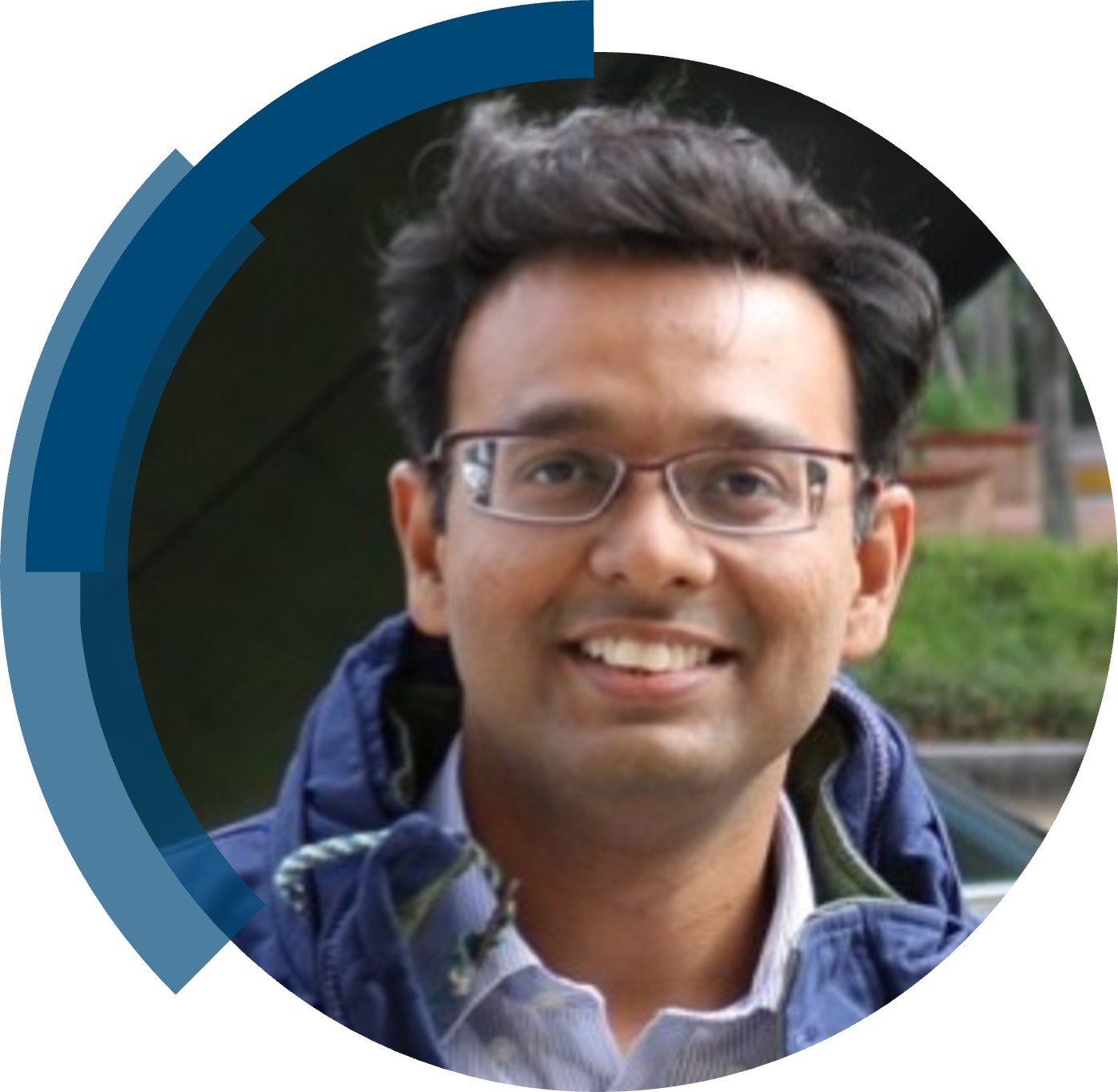We are excited to share the success of Abhishek Kumar’s first-time independent article in ChemComm; “Removal of mercury and lead ions from water by bioinspired N3Se3 type small sized moieties” included in the full milestones collection.
Read our interview with Abhishek below.
What are the main areas of research in your lab and what motivated you to take this direction?
My lab is primarily interested in design, development and evaluation of organoselenium species for application in (a) removal of toxic metal ions and (b) photocatalysis.
There are two reasons for taking up the current direction of research.
(i) Selenium is an essential micronutrient and plays a critical role in reducing oxidative stress in humans. It is also known to play an important role in detoxification of heavy metal ions from human body by forming metal-selenium bonded compounds. However, it is surprising that most of the systems developed for the removal of heavy metal ions continue to focus primarily on sulfur which is the lighter congener of selenium.
(ii) The photoactive nature of selenium is well established in the form of various metal selenides. However, the use of organoselenium compounds as photocatalyst remains largely unexplored.
The comparatively lower attention on organoselenium chemistry is the reason behind these gaps. Therefore, the main motivation to work in this direction is to contribute towards bringing out newer design aspects and their wider applications to further enrich organoselenium chemistry.
Can you set this article in a wider context?
Due to our current pace of development, there has been an increasing concentration of toxic heavy metal ions in the environment particularly water. The chronic ingestion of relatively small daily doses of these pollutants is associated with dramatic overall health effects in humans. A serious effort is required to reduce usage and at the same time removal of already circulating ions. The biological studies have clearly indicated “selenophilicity” i.e. selenium loving nature is the reason behind detoxification and removal of these ions from human body with the concomitant loss of activity of selenoproteins. However, it is appalling that almost no research effort in selenium chemistry has been devoted to synthesis and identification of selenium based practical and cost-effective systems for remediation and removal of the toxic metal ions. In the current research project we are focusing on designing, synthesis and evaluation of practical, cost effective selenium based moieties for removal of toxic metal ions.
What do you hope your lab can achieve in the coming year?
In the coming year we hope to design and bring to fruition better organoselenium moieties for removal of multiple toxic metal ions. At the same time we also hope to bring out our first results on photocatalytic aspects of organoselenium moieties in the coming year.
Describe your journey to becoming an independent researcher.
During my Ph.D. from IIT Delhi under the supervision of Prof. Jai Deo Singh I worked in the area of development of organochalcogen species and their potential applications as chemical sensors. After completing my Ph.D. in 2012 I moved to Korea Research Institute of Chemical Technology (KRICT), South Korea to work with Prof. Dr. Jin-Ook Baeg as a postdoctoral researcher in the area of photocatalyst-biocatalyst integrated artificial photosynthetic systems (2012-2016). After returning from South Korea, I was selected by Council of Scientific & Industrial Research (CSIR) for Senior Research Associateship (SRA-Pool Scientist) and consequently joined IIT Delhi as SRA in June 2017. In January 2020, I joined as Assistant Professor in Department of Chemistry, Institute of Science, Banaras Hindu University (BHU) where I am currently pursuing my independent research career.
What is the best piece of advice you have ever been given?
The best piece of advice was given to me by my Ph.D. supervisor Prof. Jai Deo Singh “be patient in research and don’t lose focus or be disheartened by negative results”.
Why did you choose to publish in ChemComm?
ChemComm is an internationally recognised journal for publishing high quality research work across the entire spectrum of chemical sciences. Due to this wide readership my work published in the journal would be noticed by chemists working in all branches of chemistry. The fast publication time is an added benefit of publishing in ChemComm.
Explore more ChemComm Milestones news and updates on our X Feed (@ChemCommun) and LinkedIn (ChemComm Journal)












